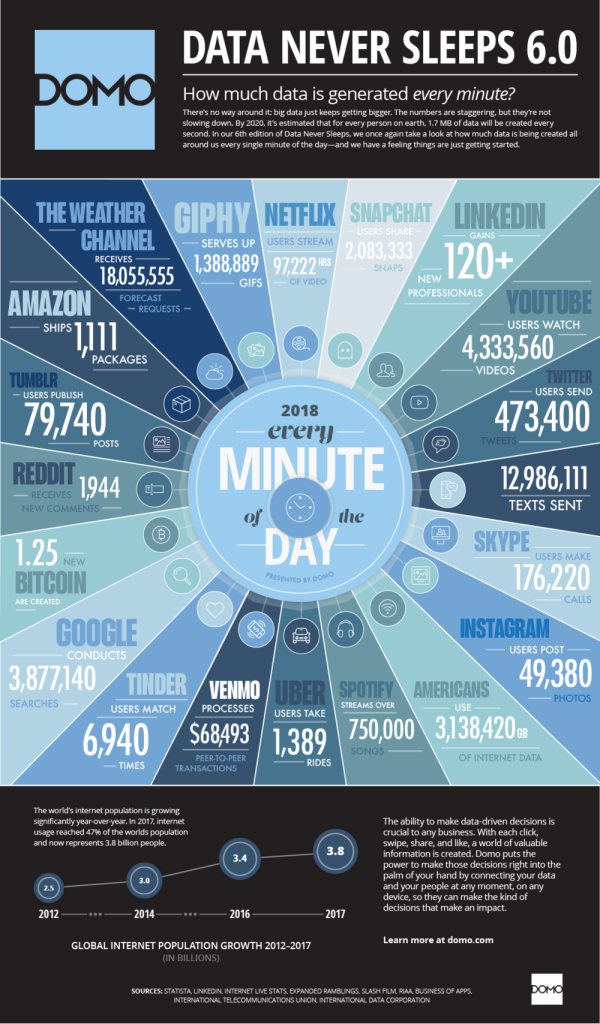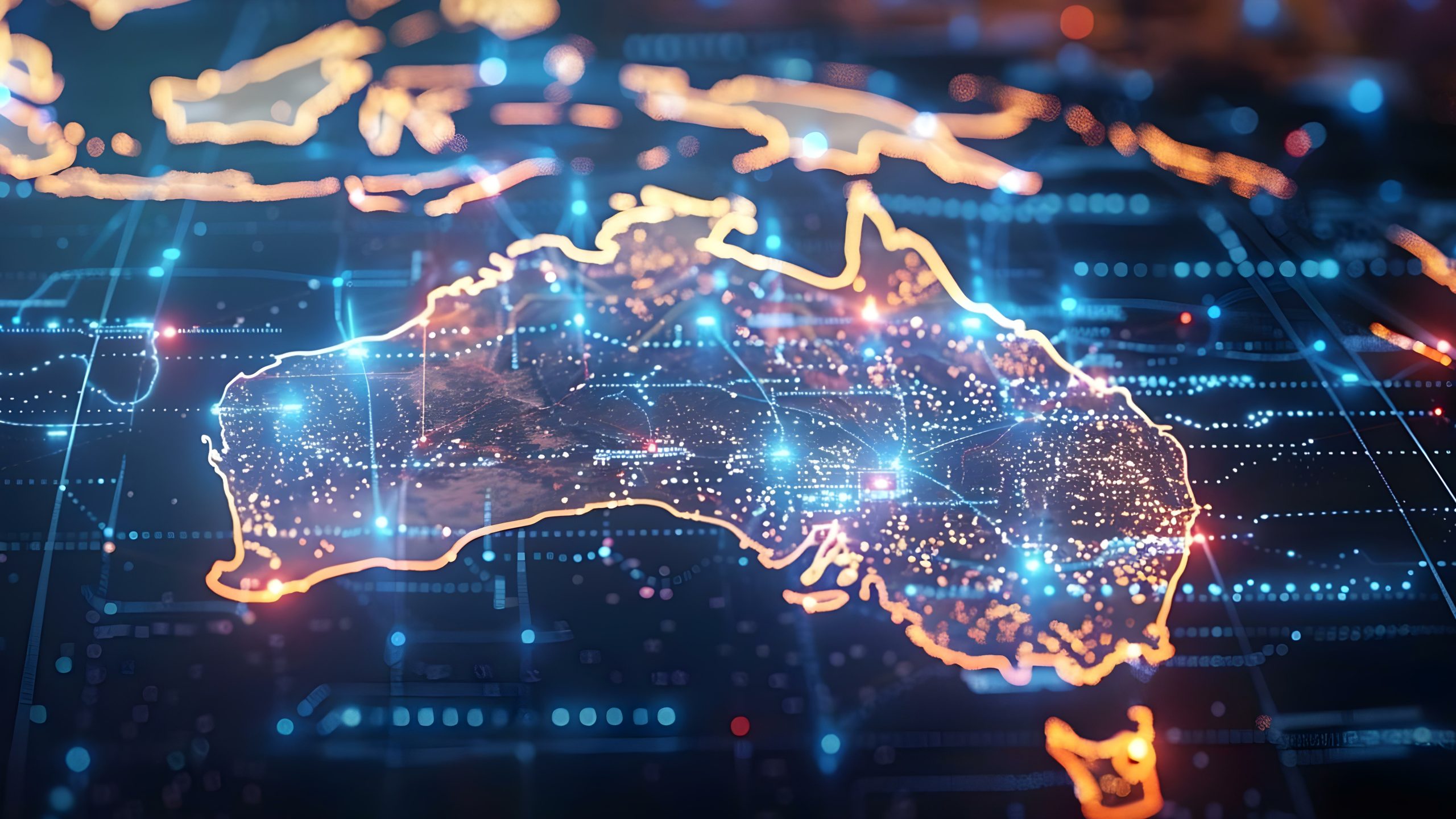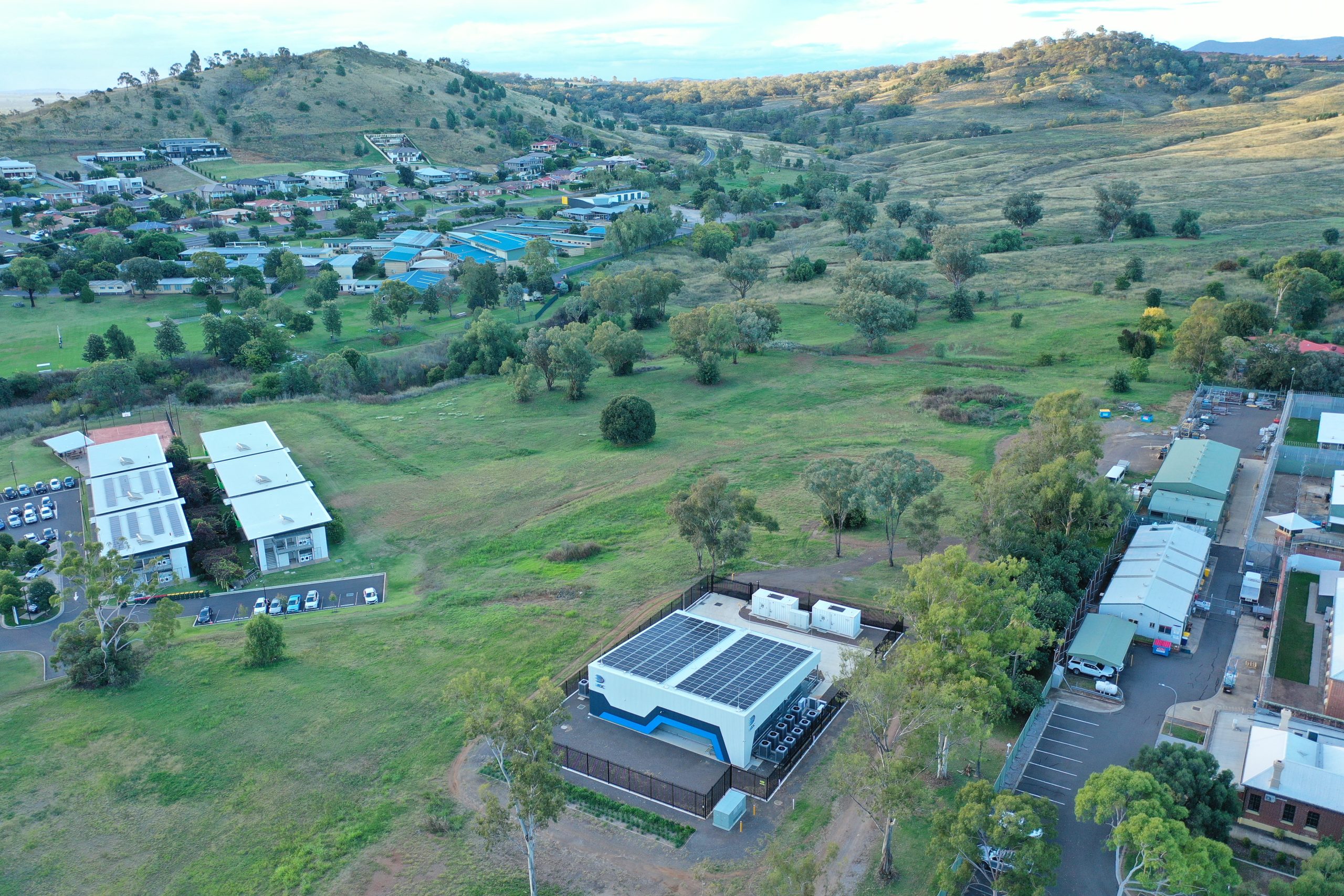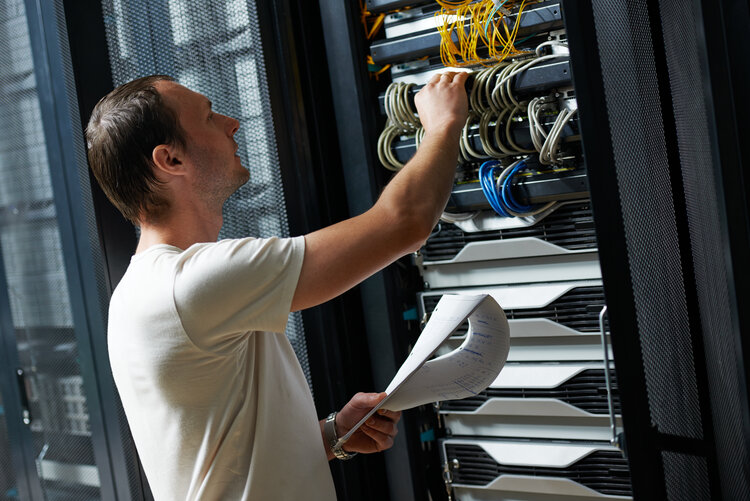Which Industries Will Benefit Most From Edge Computing?

Early Adopters of Edge Computing
Several Australian sectors have been experimenting with IoT, big data and predictive analytics and are looking to edge computing to take advantage of improvements and cost savings.
Edge computing offers several benefits to businesses looking to innovate their data and network traffic intensive solutions.
Across Australia there are several sectors that collect and use big data to make informed decisions or deliver competitive offers to customers and are already experimenting with edge computing to deliver improvements and savings.
Gartner research reports that by 2021, 40 percent of enterprises will have an edge computing strategy in place, up from about 1 percent in 2017.
For many organizations, leveraging edge computing’s distributed computing power and bandwidth savings will be the difference in sustained competitiveness and survival.
Here’s a run down of industries in Australia, poised to gain the most from edge computing in 2020.
DATA-DRIVEN INDUSTRIES
Just how big is the the big data problem for business?
According to DOMO’s sixth annual Data Never Sleeps report, by 2020, it’s estimated that 1.7MB of data will be created every second for every person on earth.
“(In 2019), over 2.5 quintillion bytes of data are created every single day, and it’s only going to grow from there.”

DOMO’s 6th annual Data Never Sleeps report illustrates how the big data challenge is only getter bigger: networks and solution architectures need to adapt
It should come as no surprise then, that the ability to harness data analytics will drive competitiveness.
“Most of what we’ll see in technology next year and in the future will centre on IoT products and services that enable us to comprehend data acquired by the second,” writes Forbes Technology Council Member, John McDonald.
“Building and analyzing data now gives enterprises more information than ever before. In 2020, they will use this data to elevate customer, employee and stakeholder experiences.”
Accurate, real time data can improve decision-making, response times, competitiveness and costs – but only if your networks and analytic platforms and operations can handle it.
MACHINE LEARNING EARLY ADOPTERS
In 2020, machine learning models will help early adopters in the logistics, retail and energy sectors optimise services by using recommendation engines, fraud detection, predictive and prescriptive analytics – all use cases that perform best when closer to the customer and allow sensors and processors to perform localised analysis and response.
“The logistics, retail and energy sectors have already made significant investment in data collection,” explains Chris Thorpe, CEO of Leading Edge DC.
“If you’ve invested in or are just experimenting with AI and machine learning, you’d have insight into the burden that big data, traffic, and centralized processing places on networks and core platforms.
“Distributed computing architectures with low latency, better backhaul management and trusted information exchange are required to make IoT and big data models pay. When they do, businesses benefit in the order of hundreds of millions in saved costs, reduced risk and better outcomes for customers.”
UTILITIES
It’s not just new opportunity that Utilities expect to benefit from. Data platforms that create digital twins of managed infrastructure are projected to save hundreds of millions in asset maintenance and facilitate smarter investment and ROI decisions – which should have a flow-on effect for consumers.
Energy providers and asset manager face an increasingly complex market: balancing the need to offer competitive solutions to customers, while upgrading and maintaining ageing assets, and meeting legislated supply while responding to and forecasting fluctuating demand. Edge computing enable smart grids with real time data, which enable energy utilities to make faster decisions and use forward looking prescriptive analytic models.
Schneider Electric has turned to edge computing and IoT gateways to collect and analyze data from connected oil pumps. Since the data is processed at the location of connected devices — at the network edge — it does not need to be sent back to a central data center.
In 2017, Schneider experimented with Microsoft Azure IoT solutions, to connect devices in the field to gateways as an extension of its public cloud. A gateway, used in many edge computing scenarios, is a piece of hardware located physically near an object, which aggregates information from sensors, analyses data using software, and pushes insights and data to a corporate cloud, when needed.
LOGISTICS
Intelligent Transport expects edge computing to delivery substantial benefit to connected vehicles and logistics.
That’s because edge computing puts the network on connected vehicles – cars, trucks, buses and trains. The network can now operate with no backhaul connection to the cloud needed, allowing applications, which are currently running up in the cloud, to be deployed locally at the edge. Sensors and micro-applications at the edge can aggregate and analyze data locally and send more informative analysis summaries back to HQ.
Live routing, operations and predictive maintenance can all benefit from this model.
In an interview with IoT Now Transport, Rabih Arzouni, CTO for Transport, Fujitsu EMEIA, says that the rise in connected devices will change our lives, but we need to rethink how we configure and use resources in the cloud in order to process the data they generate.
“Although we’re already seeing the adoption of edge computing solutions in some areas of the sector – such as in logistics,” stated Arzouni, “we should expect to see the uptake of edge computing technologies to increase dramatically over the next few years, with a particular focus on urban transport, rail and aviation.”
SMART CITIES
Globally, the Smart City initiative is hitting a turning point: a quick look at Australia’s $50M Smart Cities and Suburbs program by the Department of Infrastructure, Transport, Cities and Regional Development shows the extent of funding and the outcomes being delivered for citizens, businesses and Councils. Over 80 Smart Cities and Suburbs projects have been funded since 2017 and are in progress, or are now live solutions.
Smart City solutions are designed to drive economic growth, opportunity and create safer, more liveable communities of all sizes – and they’re sensor, data and processing intensive.
The Smart Move Newcastle project, for example, is building a city-wide transport, energy and digital infrastructure network, including: laser-enabled roadside poles; solar and battery powered electric vehicle charge points; smart bus stops and smart parking. Newcastle’s IoT and data-driven infrastructure will be the Australian benchmark for integrated urban systems at a city scale – and they intend to make these solutions available to peers for replication nationally and internationally, supporting accelerated adoption across Australia.
There’s also an element of necessity driving Smart City planning and adoption. As Infrastructure Australia’s CEO Romilly explained at the Smart Cities Week Australia event, Australia’s projected population of 31.4 million people by 2031.
“It’s not just a matter of recognizing growth,” stated Rommilly, “we also have to have a vision for how people live and work.”
Looking for a competitive edge computing solution in 2020?









